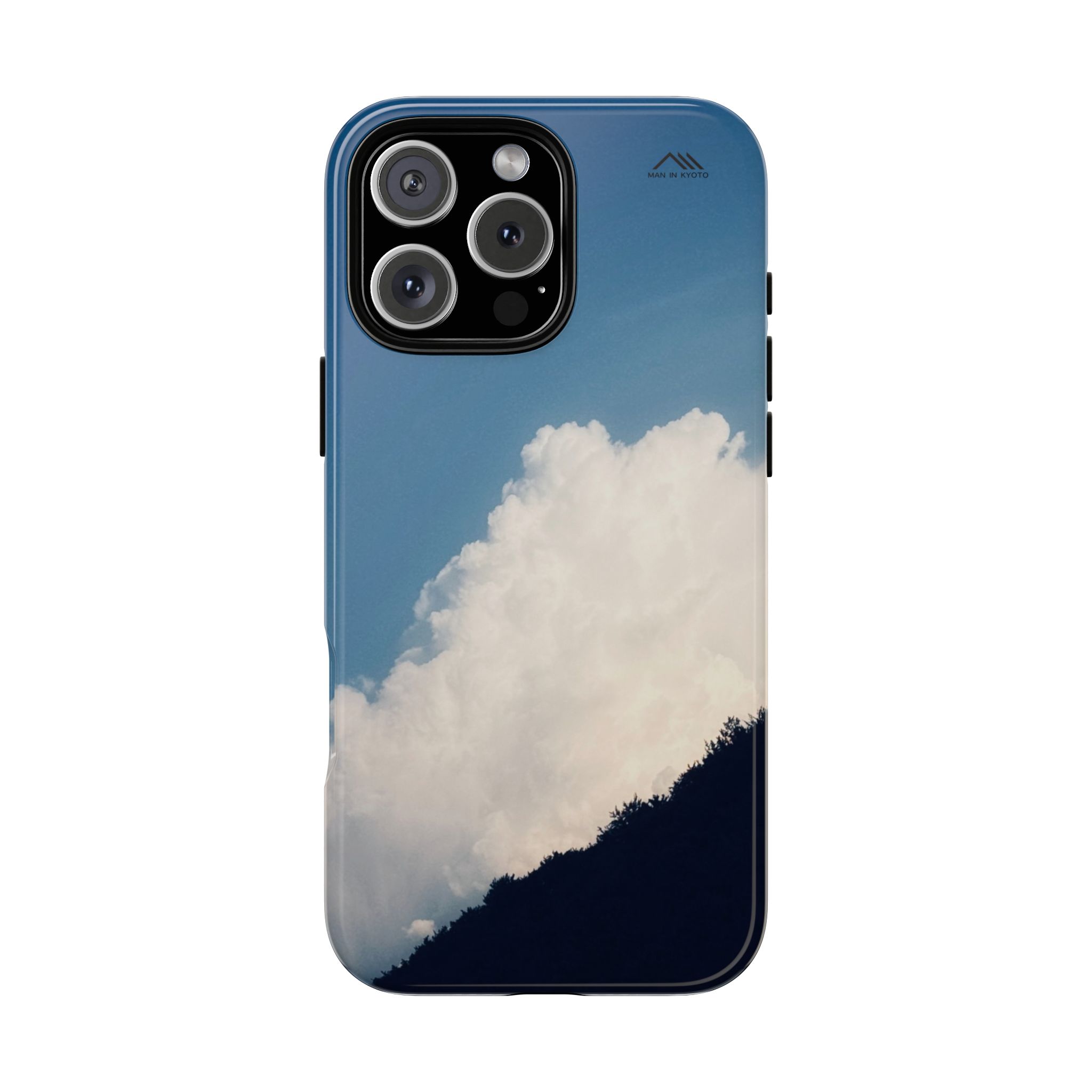
Enki Bilal, born October 7, 1951, in Belgrade (then Yugoslavia, now Serbia), is a renowned Franco-Belgian comic book artist, writer, and filmmaker. His works are celebrated for their unique blend of science fiction, political commentary, and striking visual storytelling. Bilal’s distinctive style has cemented his status as one of the most influential figures in European graphic novels and speculative fiction.

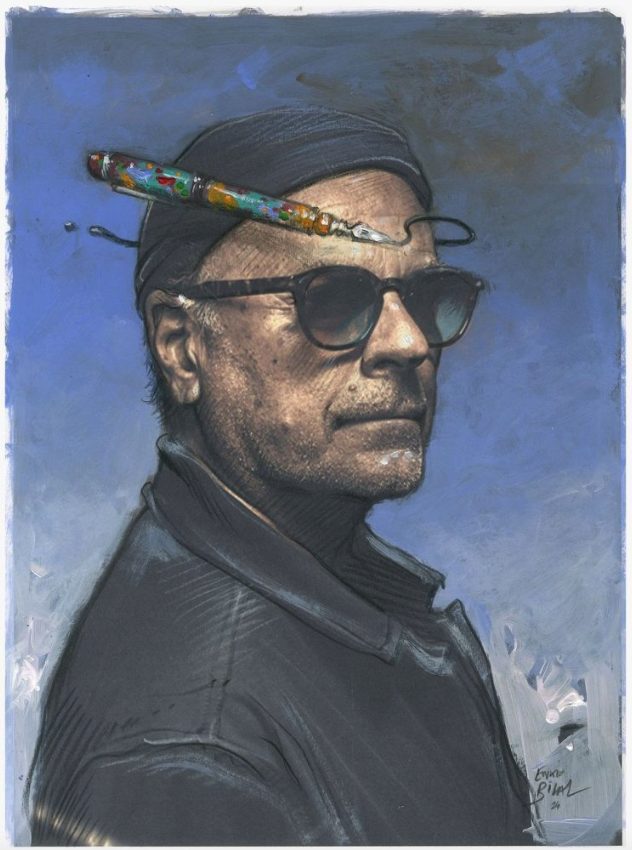
Early Life and Influences
Bilal’s early years in Yugoslavia were shaped by the post-World War II environment, where the cultural and political turbulence deeply influenced his later work. At age nine, his family emigrated to Paris, a move that exposed him to the rich tapestry of French art and literature. Encouraged by his father, Bilal began exploring his artistic talents, inspired by surrealism, science fiction, and the works of artists like Salvador Dalí and Moebius.
His interest in comics flourished when he encountered Pilote magazine, which featured stories by major French and Belgian creators. This introduction to the world of bande dessinée (Franco-Belgian comics) set the foundation for his career.


The Graphic Novel Pioneer
Bilal began his professional journey in the 1970s, collaborating with writer Pierre Christin. Their partnership resulted in critically acclaimed works such as La Croisière des Oubliés (The Cruise of Forgotten People, 1975) and Partie de Chasse (The Hunting Party, 1983). These stories, blending political allegory with dystopian themes, showcased Bilal’s growing narrative and artistic sophistication.
His most iconic work, however, is the Nikopol Trilogy (La Foire aux Immortels, La Femme Piège, and Froid Équateur). Published between 1980 and 1992, the trilogy depicts a bleak, futuristic world where gods, humans, and aliens collide in a fragmented and corrupt society. Its protagonist, Alcide Nikopol, navigates through a landscape of immortality, betrayal, and existential questions. The series is lauded for its deep philosophical undertones and Bilal’s stunning, atmospheric artwork, characterized by muted tones and intricate textures.

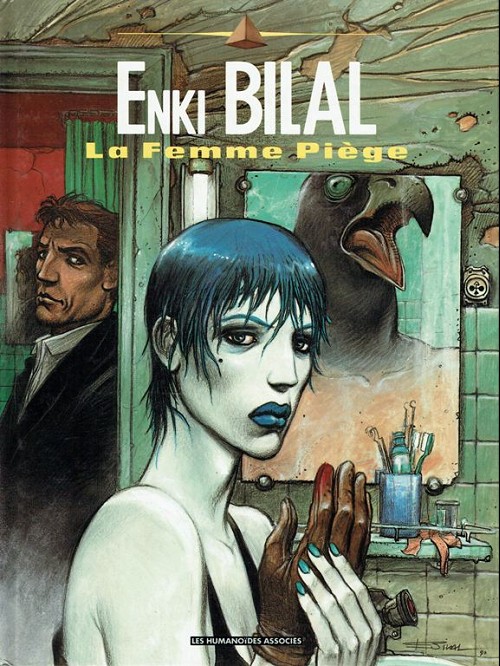

Artistic Style and Themes
Bilal’s visual style is instantly recognizable. His mastery of color-often favoring blues, greys, and earth tones-creates a cold, melancholic atmosphere that complements his narratives. His characters, with their piercing eyes and weathered faces, evoke a sense of weariness and vulnerability, reflecting the larger socio-political and existential struggles they endure.
Recurring themes in Bilal’s work include:
- Dystopia and Futurism: His stories frequently explore the decay of society and the human condition in the face of technological and political upheavals.
- Memory and Identity: Many of his characters grapple with fragmented memories and questions of selfhood, often set against the backdrop of war or authoritarian regimes.
- Mythology and Science Fiction: Bilal seamlessly blends ancient myths with futuristic settings, creating narratives that are timeless yet innovative.
Filmmaking and Multimedia Ventures
Bilal’s creativity extends beyond graphic novels. He ventured into filmmaking with Bunker Palace Hôtel (1989), a dystopian film featuring his trademark visual style. His 2004 film Immortel (Ad Vitam), based on the Nikopol Trilogy, showcased his ability to bring his graphic worlds to life through a mix of live-action and CGI.
In addition to film, Bilal has made significant contributions to fine art, creating large-scale paintings, exhibitions, and multimedia installations. His works have been displayed in prestigious galleries, bridging the gap between comics and high art.
Legacy and Influence
Enki Bilal’s influence is vast, inspiring generations of artists, filmmakers, and writers. His work has been compared to that of Ridley Scott’s Blade Runner for its aesthetic and thematic resonance. Bilal’s graphic novels are also considered a precursor to cyberpunk, blending gritty realism with speculative technology and existential philosophy.
In an industry often dominated by formulaic storytelling, Bilal stands out as a visionary who challenges boundaries, both in narrative complexity and artistic execution. His ability to provoke thought while mesmerizing readers with haunting visuals has secured his place as a luminary in the world of art and storytelling.

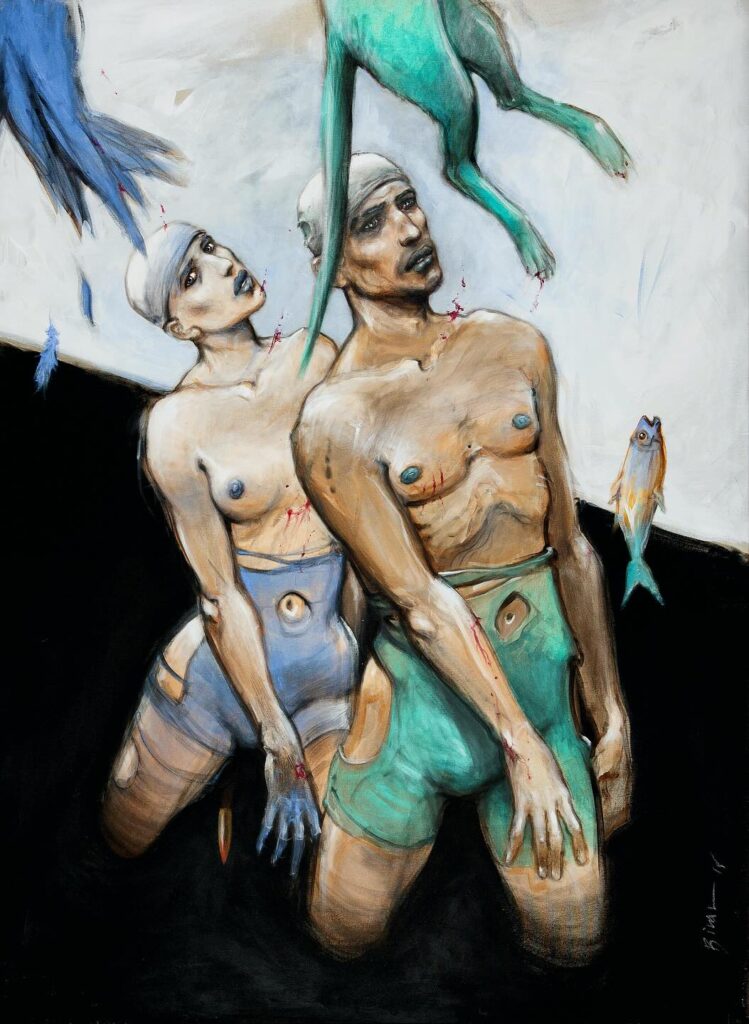
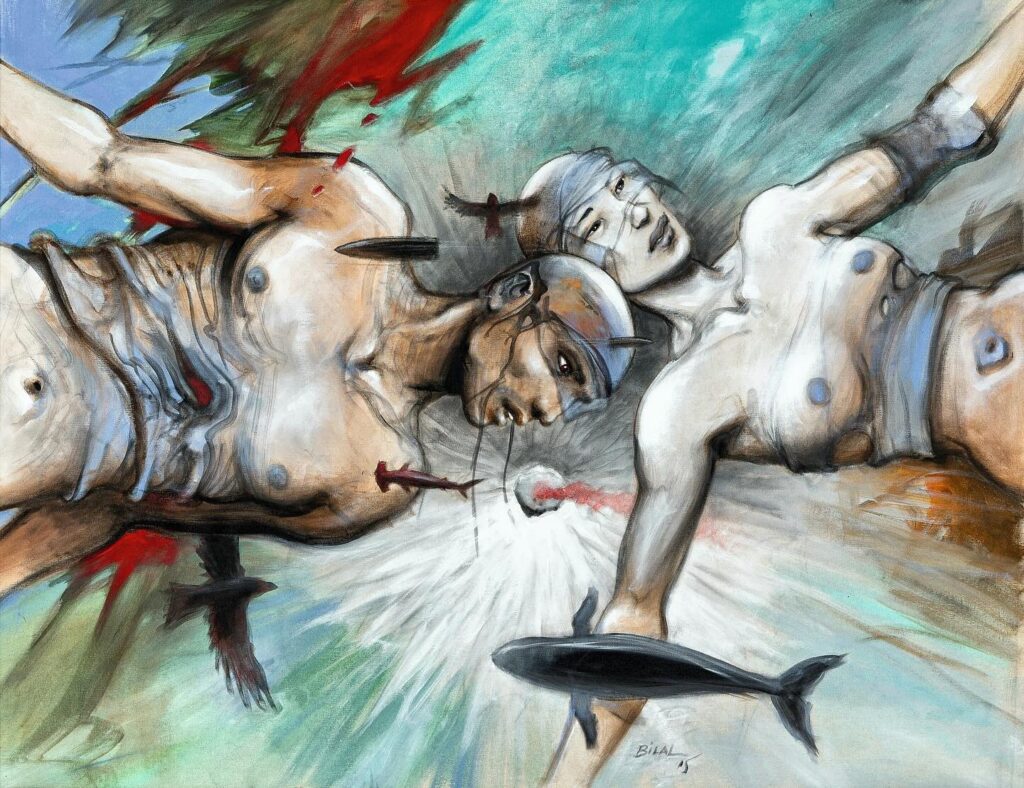
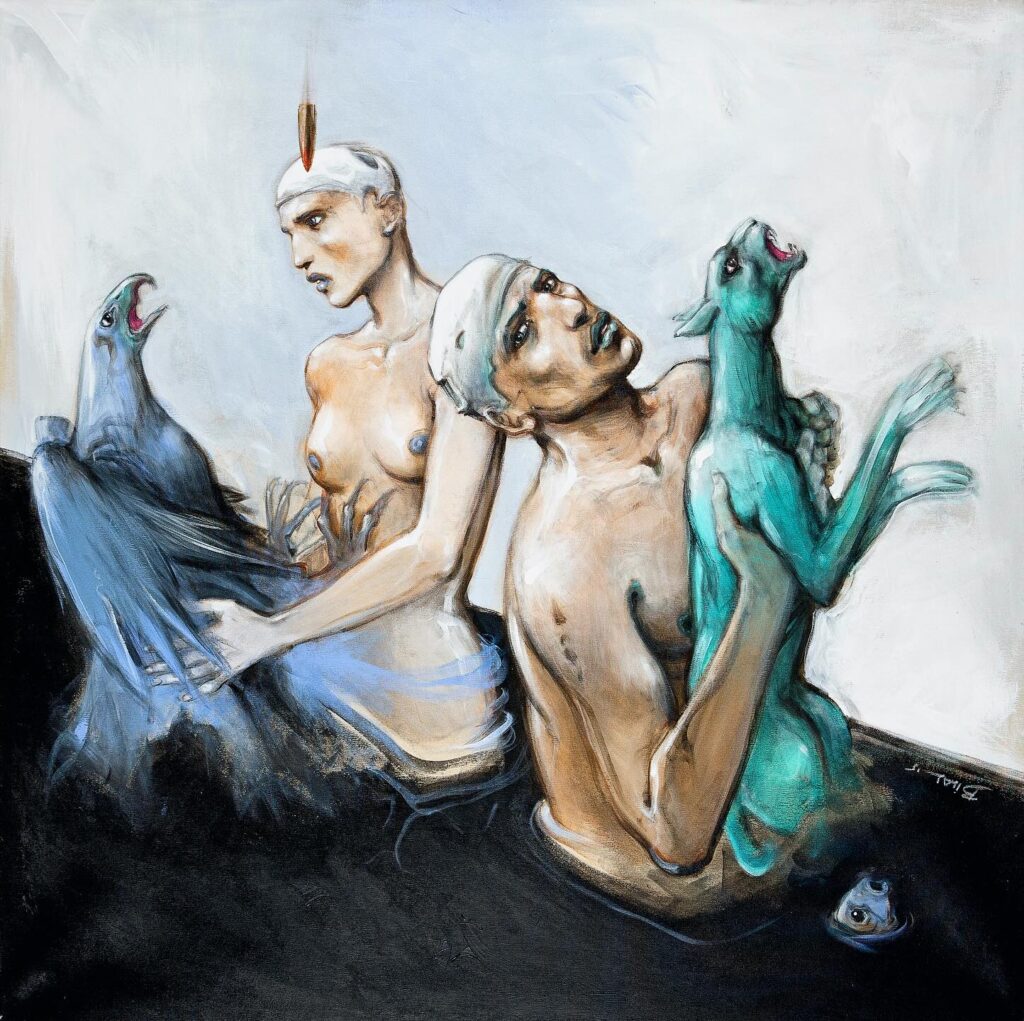
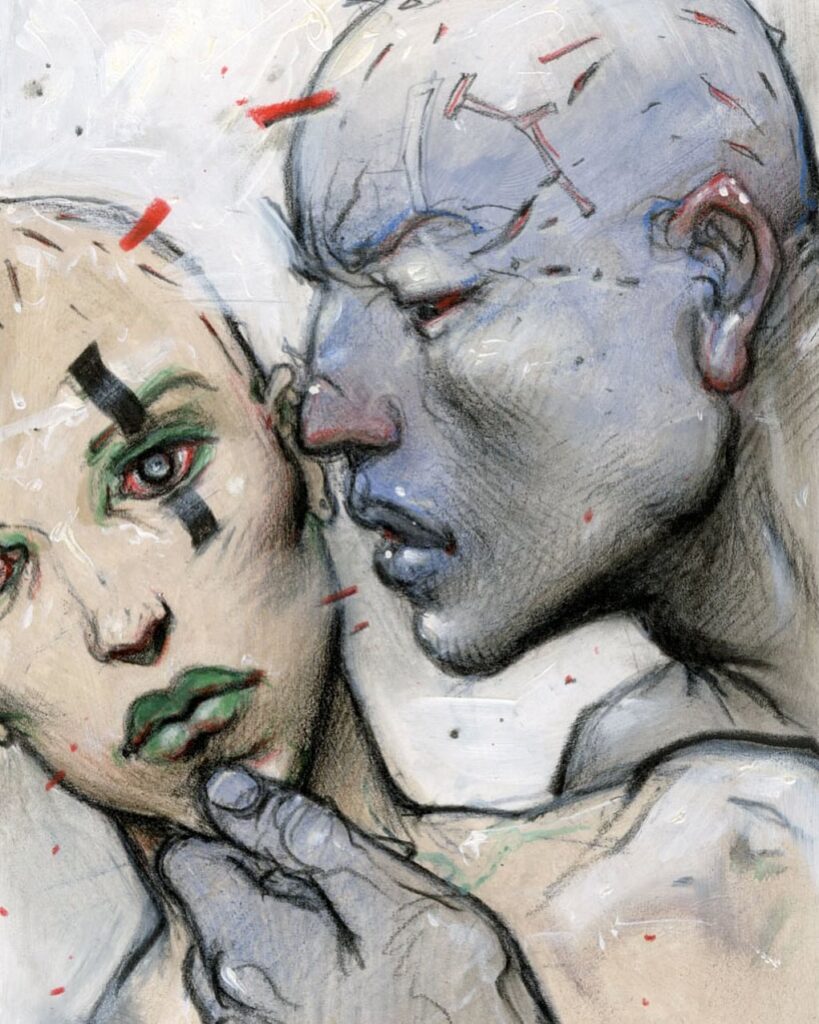
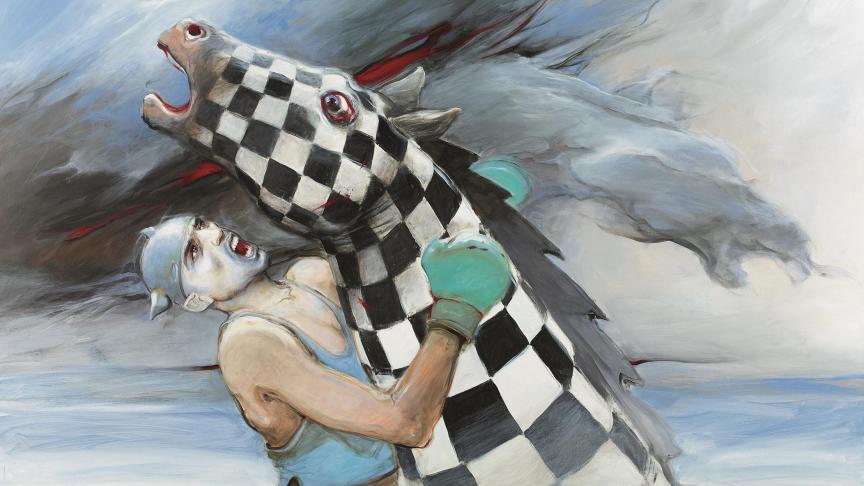
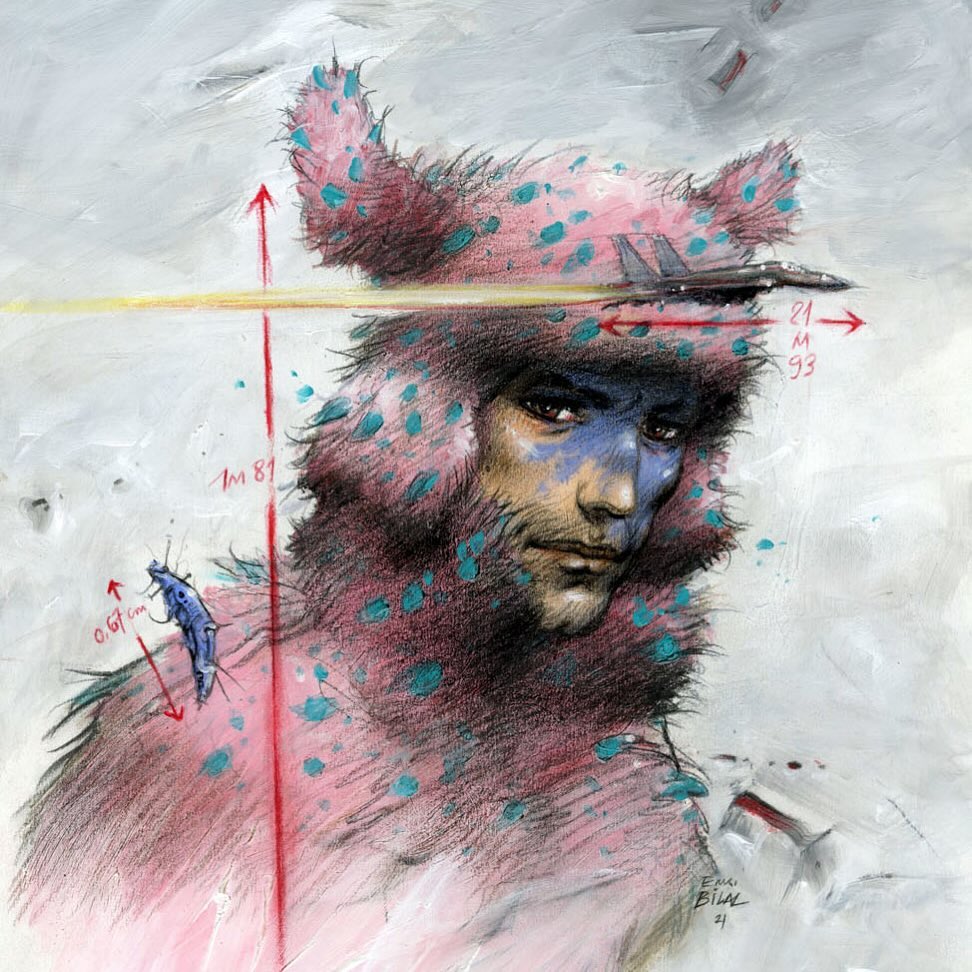
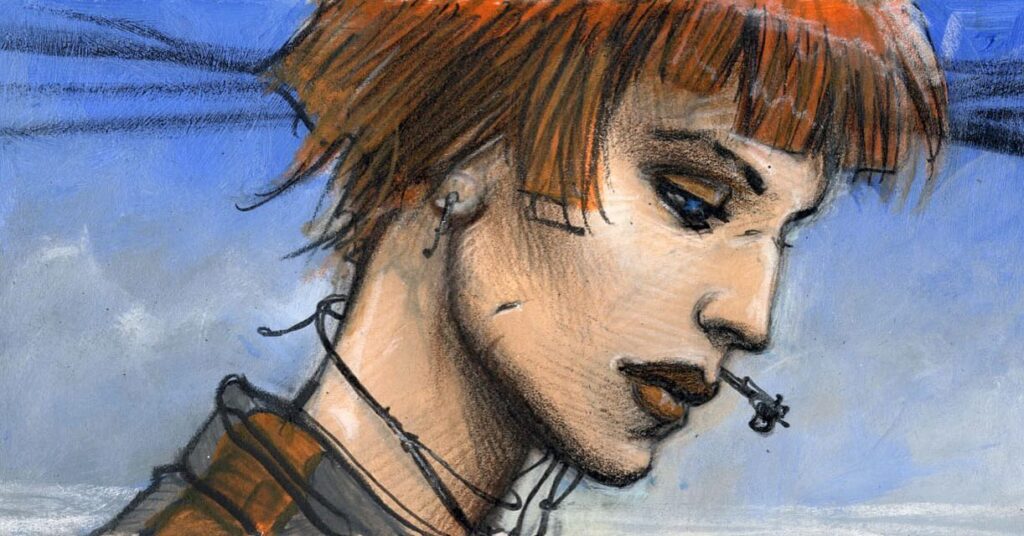

Conclusion
Enki Bilal’s work is a testament to the power of imagination and its ability to question, explore, and redefine reality. Whether through the pages of a graphic novel or the frames of a film, Bilal’s creations invite us to ponder the future while reflecting on the human experience, making him an enduring figure in contemporary art and culture.
Images used in this article are mostly taken from the following Enki’s pages on Instagram:
https://www.instagram.com/enkibilal_officiel
https://www.instagram.com/fonds_enki_bilal




